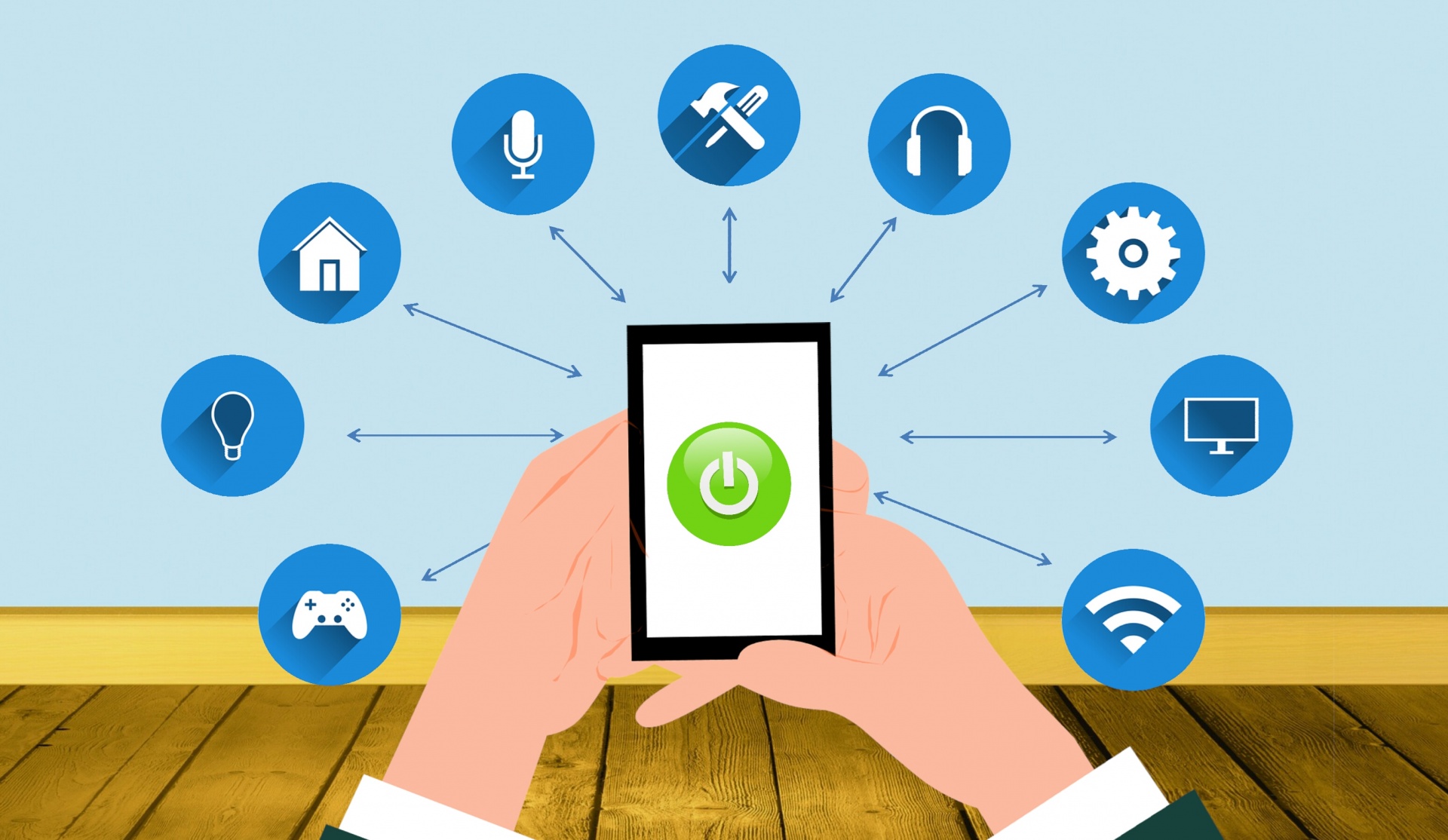Security Threats to Smart Home Devices
 The most significant security threat faced in a smart home environment is a privacy threat (Lin & Bergmann 2016).
A privacy threat concerns those designed to harvest sensitive information(Lin & Bergmann 2016).
For instance, a person can gain access to unencrypted data transmitted by a smart air conditioning system, which would provide them with the knowledge to conclude if a house is occupied or not, therefore, placing the security of the house at risk (Lin & Bergmann 2016).
The most significant security threat faced in a smart home environment is a privacy threat (Lin & Bergmann 2016).
A privacy threat concerns those designed to harvest sensitive information(Lin & Bergmann 2016).
For instance, a person can gain access to unencrypted data transmitted by a smart air conditioning system, which would provide them with the knowledge to conclude if a house is occupied or not, therefore, placing the security of the house at risk (Lin & Bergmann 2016).
Another security threat associated with smart home devices is an authentication and access threat (Lin & Bergmann 2016). A lab study shows an instance where a hacker used a password-cracking tool to gain access to the household network, which was possible because the user had not changed the default username and password (Sivaraman et al. 2018). It allowed the hacker to utilise the network to gain backdoor access to user data on the other connected devices in that household (Sivaraman et al. 2018). A crucial problem concerning Smart Home network security is its dependence on configuration and installation by non-professional contractors (Lin & Bergmann 2016).
Potential Security Solution
There is much global research conducted on how to improve the security quality of smart home devices in the future. One research study proposed that devices produced by internet service providers or manufacturers to execute network boundary roles, for example, home gateways, must deliver network security standards and meet performance benchmarks (Sivaraman et al. 2018). This would mean that all future devices would satisfy such consumer and community regulations and arrive devoid of default passwords (Sivaraman et al. 2018).
Another research study defines IoT gateway architecture as a security solution designed to organise user authentication and facilitate access control, thus protecting from unauthorised access and data tampering (Lin & Bergmann 2016). An IoT gateway also serves as a firewall and proxy support built to protect smart devices and confidential data against cyberthreats and direct network attacks even in the temporary absence of internet connection and operate resource constrained IoT devices lacking complex middleware (Lin & Bergmann 2016). Smart home gateway architecture with embedded automatic functionality across software system updates and network configuration the proposed approach (Lin & Bergmann 2016).
Conclussion
In conclusion, there are real concerns over Cybersecurity threats to the confidentiality of smart home device user data. Moreover, smart home systems installation by unqualified personnel has exuberated the threat. Fortunately, research suggests that a Gateway architecture using automatic update and configuration is a feasible solution.